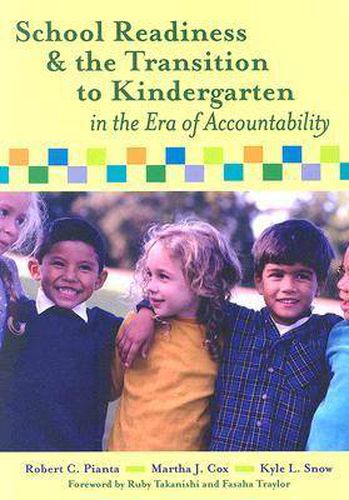Readings Newsletter
Become a Readings Member to make your shopping experience even easier.
Sign in or sign up for free!
You’re not far away from qualifying for FREE standard shipping within Australia
You’ve qualified for FREE standard shipping within Australia
The cart is loading…






A follow-up to the successful
Transition to Kindergarten (1999) , this book offers an updated discussion of transition in the context of today’s educational arena, reflecting current policy changing practices, and new program approaches. This book presents state-of-the-art knowledge about the kindergarten transition period and examines this knowledge in terms of its implications for pressing policy, practice, training, and research issues for the next decade. Readers will understand what has changed in terms of early education policy and implementation. These changes include assessment and program opportunities (NCLB, Head Start Outcomes Framework); critical issues in the P-3 years, such as health, emotional and attention regulation, and child functioning. This volume also addresses pertinent community influences in early education demographic changes, racial and cultural influences, and the roles of fathers in the transition process. Unlike the first book, the chapters in this volume focus on the individual child’s development and background rather than on groups of children (at risk, with disabilities, from low-income families).
$9.00 standard shipping within Australia
FREE standard shipping within Australia for orders over $100.00
Express & International shipping calculated at checkout
A follow-up to the successful
Transition to Kindergarten (1999) , this book offers an updated discussion of transition in the context of today’s educational arena, reflecting current policy changing practices, and new program approaches. This book presents state-of-the-art knowledge about the kindergarten transition period and examines this knowledge in terms of its implications for pressing policy, practice, training, and research issues for the next decade. Readers will understand what has changed in terms of early education policy and implementation. These changes include assessment and program opportunities (NCLB, Head Start Outcomes Framework); critical issues in the P-3 years, such as health, emotional and attention regulation, and child functioning. This volume also addresses pertinent community influences in early education demographic changes, racial and cultural influences, and the roles of fathers in the transition process. Unlike the first book, the chapters in this volume focus on the individual child’s development and background rather than on groups of children (at risk, with disabilities, from low-income families).